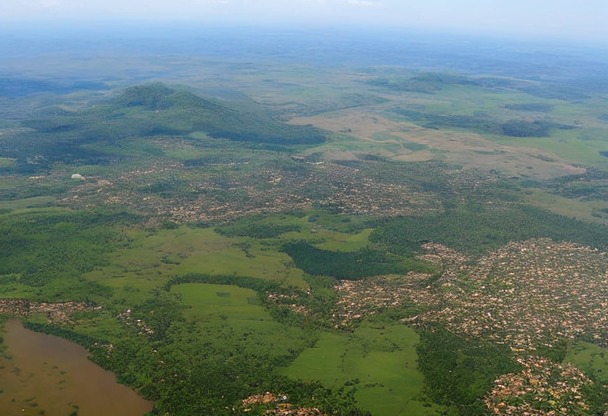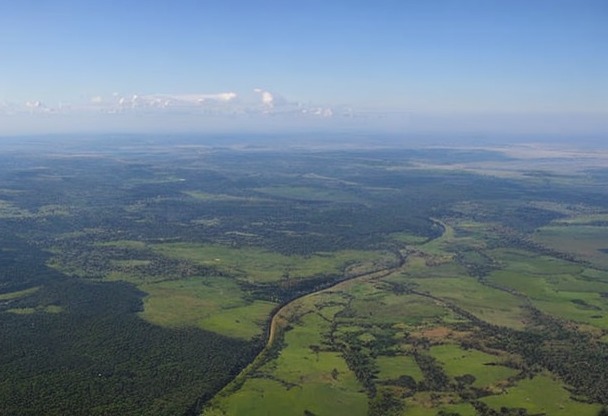Best time to travel to Congo
Choosing the right period for your trip to the Congo can make all the difference. It's important to consider climatic elements, seasonal events and busy tourist periods to maximize your travel experience.

Location
Climate
Congo's seasons: rainfall and temperatures
As in most equatorial countries, the climate in the Congo is marked by two main seasons: the rainy season and the dry season. Here's an overview of the characteristics of each period:Rainy season (November to April)
The rainy season generally runs from November to April, with heavier rainfall between January and March. During this period, temperatures are high and humidity is omnipresent. Roads may be impassable due to flooding, making travel difficult. However, this is also the period when nature is at its greenest and rivers most impressive, offering superb opportunities for lovers of lush landscapes.Dry season (May to October)
The dry season runs from May to October and is characterized by a milder climate, with less rain and slightly cooler temperatures. This is generally considered the best time to travel in the Congo, as travel is easier and the risk of water-borne diseases (such as malaria) is reduced. What's more, it's during this season that you'll have the best chance of observing local wildlife on safari.Major cultural events in Congo
The Congo has a rich and varied cultural scene, with numerous events and festivals throughout the year. Here are just a few of the must-see events:Fête de la musique (June 21)
Celebrated every year on June 21, the Fête de la Musique is an international event that originated in France and has been adopted by many countries, including the Congo. The streets of Brazzaville and Pointe-Noire fill up with amateur and professional musicians, dancers and singers, putting on a colorful and energetic show.Pan-African Music Festival (FESPAM, July)
Held every two years in Brazzaville, the Pan-African Music Festival (FESPAM) is one of the most important cultural events on the African continent. It brings together artists and groups from all over Africa to celebrate the diversity and dynamism of African music. FESPAM is a unique opportunity to discover all the different facets of the continent's musical heritage in one place.International Human Rights Day (December 10)
International Human Rights Day, celebrated every year on December 10, is an opportunity for the Congo to highlight its commitment to promoting and protecting the fundamental rights of its citizens. Numerous events are organized across the country, including conferences, workshops, exhibitions and open-air concerts.Public and school holidays in Congo
Public holidays and school vacation periods can have an influence on your trip to Congo, particularly in terms of crowds and accommodation availability. Here's some useful information to help you plan your stay:National holidays
- January 1st - New Year's Day
- March 8 - International Women's Day
- May 1st - Labour Day
- August 15 - Assumption of Mary
- November 28 - Independence Day
- December 25 - Christmas
School vacations
School vacations in the Congo are generally divided into three main periods:- Christmas vacations : mid-December to early January
- Intermediate vacations : late February to early March
- Summer vacations: early July to late September
Insurance
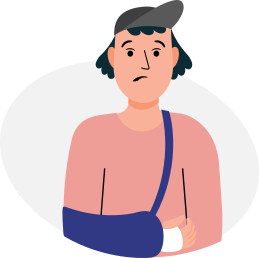
Your credit card does not cover you in all situations, that is whyIt is essential to take out insurance before you leave to avoid any unpleasant surprises. If you need to see a doctor or be hospitalized, in some countries, medical costs are very high and you will then find yourself having to pay several thousand euros.
Our partner Chapka Insurance proposes the contract CAP ASSISTANCE 24/24 with many essential guarantees.
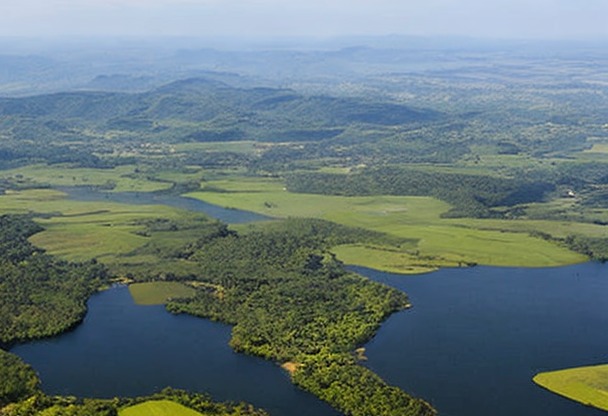
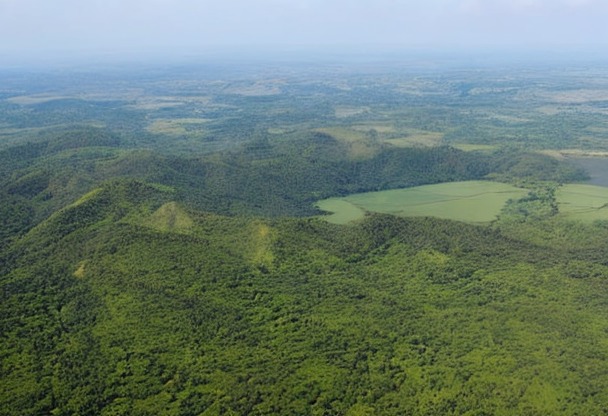
Flights
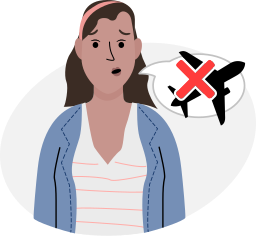
Your flight has been cancelled or delayed ?
You may be eligible for a compensation of up to €600 ! For this, lawyers are responsible for handling your claim with the airline and are only paid when the reimbursement is effective.
In conclusion, no financial risk for you, only advantages!
Demography and immigration in Congo
The Republic of Congo has a population of around 5 million. A significant proportion of these are foreigners from neighboring countries and other continents. According to available data, the rate of immigration to the Congo has risen in recent years, as shown by the following statistics:- Between 2000 and 2020, the foreign population living in the Congo doubled.
- Around 10% of Congo's total population is made up of foreigners.
- The nationalities most represented among immigrants are Cameroonians, Malians and Senegalese.
Visas most frequently requested by foreigners wishing to settle in Congo
To enter and stay in the Congo, you need a visa adapted to the length and purpose of your stay. The visas most frequently requested by immigrants are the following:- Tourist visa Valid for 30 days, this visa is intended for people wishing to visit the Congo for tourism purposes.
- Business Visa : This type of visa is intended for people coming to work in the Congo for a fixed period. It is valid from three months to one year, with the possibility of renewal.
- Student Visa Foreign students wishing to study in the Congo must obtain a student visa, valid for the duration of their course.
- Family reunion visa Family reunification: Family members of Congolese nationals or persons legally resident in Congo can apply for a family reunification visa to join them.
Applying for and obtaining a residence permit
Foreigners wishing to settle permanently in the Congo must apply to the relevant authorities for a residence permit. The residence permit allows legal residence in the country for a given period, generally between one and five years, and can be renewed depending on the individual's personal situation. Approximately 10,000 residence permits were issued in 2019, mainly to Cameroonian, Malian and Senegalese nationals.Key figures on asylum and refugees in Congo
The Congo is also a host country for refugees and asylum seekers, particularly those from neighboring countries experiencing conflict or humanitarian crises. Here are some key figures on this population:- More than 60,000 refugees and asylum seekers were present in Congo at the end of 2020.
- The majority of these people come from the Democratic Republic of Congo (DRC), followed by Rwanda and the Central African Republic.
- Nearly 3,000 asylum applications were registered in 2019, with an acceptance rate of around 50%.
International tourism in the Congo: key figures
In addition to immigrants wishing to settle in the country, the Congo welcomes a growing number of international tourists every year. They are attracted by the country's natural and cultural riches, such as national parks, historic sites and cultural events.International tourist arrivals
In 2019, Congo recorded almost 175,000 international tourist arrivals, an increase of 5% compared to 2018. The main nationalities represented among visitors were French, Belgian and Chinese.Revenue generated by tourism
The tourism sector is essential to the Congolese economy, accounting for around 4% of the country's GDP. In 2019, revenues generated by international tourism reached almost $150 million, an increase of 7% on the previous year.Projections for the coming years
Despite the COVID-19 pandemic, which had a severe impact on the tourism sector worldwide, Congo can look forward to a gradual recovery in the years ahead. The authorities are working actively to promote the country's tourist attractions and improve its infrastructure to welcome a growing number of international visitors.